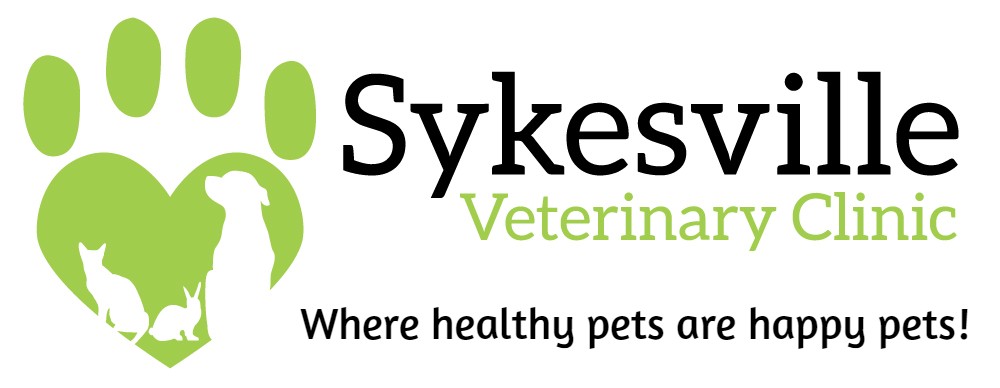There are some situations when it’s clear that a trip to the vet office is needed – but there are many more when you may not be so certain.
How can you tell the difference between a normal situation and a potential emergency? There are many cases when things may seem more or less fine, but a vet office visit is actually needed.
Educating yourself about these potential problems can save time, money, and even the life of your pet. Read on to learn how to tell when it’s time to call the vet.
1. Swelling
Pets can often fall or sustain minor injuries. Maybe they were playing a little too roughly, fell down the stairs in a clumsy moment, or had a run-in with another pet that was too feisty.
Most of the time, there will be few or no injuries from these encounters. You might notice a slight limp, which will typically resolve itself.
However, if your pet is experiencing swelling in a leg, tail, or even snout, this is a good time to call the vet.
Visible swelling may or may not signal that something’s wrong, but a vet visit is the only way to be certain. X-rays can rule out a broken limb.
It’s also possible that a swollen snout is due to an allergic reaction. This can affect the pet’s ability to eat and breathe, so a vet visit is very important in this situation.
Swelling of the face and other parts of the body which are from allergies, not injuries, still mean a vet visit is necessary. The reaction can get worse if not treated. Also, at the vet, you may be able to find out what caused the reaction in the first place, so you can help your pet avoid it in the future.
If your pet seems to be in pain, don’t medicate it yourself. Human medications like aspirin can sometimes be given to pets but should be administered by a professional to ensure the dosage is right.
2. Changes in Food or Water Consumption
As a pet owner, it’s always important to monitor when, how much, and how often your pet eats and drinks water. If that changes, this can be a sign of an emergency.
If your pet neglects to eat one or two meals, that’s not a reason to panic. Pets may have reduced appetites for a number of reasons. Hot weather is often a cause.
However, if they stop eating for longer than one day – you should definitely give the vet a call.
Similarly, if your typically well-behaved pet is suddenly raiding the food bag or stealing from the trash, a vet visit is needed. There are quite a few diseases that can cause a sudden increase in appetite.
If your pet is eating a lot but having a hard time putting on weight, this can be a sign of worms or other parasites. A trip to the vet office can help you be certain, and rule out more serious issues.
Paying attention to water intake is just as important. You should always leave out plenty of clean, fresh water, so your pet can drink as much as they’d like. But pay attention to how much that is.
When your pet starts drinking significantly more water than normal (especially if it’s without changes in weather or exercise levels), this can be a sign of illness. Increased water intake can signal conditions like diabetes or kidney issues, for example.
Good ways to tell if your pet’s drinking habits have changed include noticing how often you fill up the water bowl, or how often your pet urinates. If your house-trained pet starts having accidents, or if they are asking to be let out more often, this can be another warning sign.
If your house-trained pet starts having accidents, or if they are asking to be let out more often, this can be another warning sign.
3. Changes in Breathing and Behavior
Some breathing changes, like if your pet is choking, are clearly emergencies. However, some can be less obvious.
If your pets breathing suddenly seems labored, raspy, or hoarse, you should definitely call the vet.
Even if they seem to still be able to breathe, if the breathing seems different, you need to get it checked out because there’s a possibility it will get worse.
Similarly, seemingly innocent behavior changes can require a vet office visit. If your typically graceful pet becomes uncoordinated, this can be a sign of a neurological issue.
An energetic pet that becomes lethargic should definitely be taken to the vet. Healthy pets will be alert, responsive, and have a pattern of normal behavior. Of course, some pets are lazier or more clumsy. However, changes to what’s normal mean that you should go to the vet right away.
It’s important to have an owner-pet relationship pet that allows you to know what’s normal and what isn’t. Spend quality time with your pet so you’ll be familiar with how they usually breathe, walk, sleep, and respond to commands. That way, if something is off, you will know right away.
Final Thoughts on When It’s Time to Call or Visit the Vet Office
Often, the signs of injury or illness in a pet are subtle. Pets can’t communicate with us verbally, so it’s important for pet owners to learn to read their pet’s behavior and understand what it means. Know your pet’s normal behavior, normal eating and drinking habits, and normal movement and appearance.
One of the best rules is when in doubt, always call the vet. It’s better to have a vet office visit that turned out to be unnecessary than to not make a visit that should have been made.
Another important part of pet care is preventative medicine. Scheduling regular check-ups can help prevent bigger issues.
Think your cat has any sign that warrants a vet office visit? Get in touch with our clinic as soon as possible.
